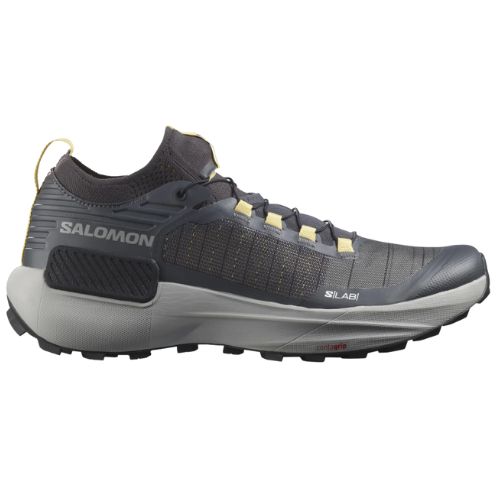That less than a month before a marathon you are mercilessly attacked by the flu and that it is also complicated by pneumonia is one of those curses that no runner wants to meet even in the worst of their worst nightmares. However, it happens, and more so at this time of the year when cold, snow, rain and wind are our training partners. The nightmarebecame reality for me and forced me to stop for fourteen days, key days in preparation for the marathon on February 26.
When we began to notice the flu symptoms we looked the other way. Our goal is close, we have been preparing for many weeks and the last thing we want is for the finish line to be pushed back by illness or injury. It is not a good idea to look the other way. It is almost always better to face the situation and stop for a few days than to have a longer break. Experience speaks for itself.

Go for a run or stay at home recovering?
That's the big question. Some people answer immediately that a cold can be tackled with a good sweat on a long run. However, if we are no longer talking about a simple cold, but about muscle and joint pain, cough, fatigue, fever and general malaise, we are talking about something else. The fear of breaking with the plan can lead us to go out to train in conditions that would be better to face on the couch with the blanket.
The first advice my doctor gave me was that with fever, rest. He assures me that fever is a warning sign that means that things have gotten a bit complicated. Sports doctors agree that you should never train with a fever because it could mean developing other illnesses that will only weaken you further.
If there is no fever
The work of a group of doctors at Ball State University in Indianais very interesting. They claim that physical exercise stimulates the immune system of people who run and that, therefore, exercising moderately could help our defenses to function better against the viruses that attack us.
They conducted an experiment involving 50 people who were contaminated with the"rhinovirus", the main virus associated with colds. The first group of 25 people did moderate/gentle exercise for one week, at 70% of their maximum heart rate. The rest of the group, the other 25, were sedentary for the same time.
The result of the study concluded that neither group worsened their symptoms after the research period. However, the "athletic" group improved their sensations and minimized their discomfort. The director of the study assured that "nobody feels well when they have a cold, but people who, even though they are ill, manage to exercise gently in intensity and not too long in duration, do not worsen their condition and, by improving their sensations, improve their quality of life".
There are several specialists who agree that if the discomfort is located from the neck upwards, it is beneficial to do light exercise. If the discomfort is in the lungs and the rest of the body, it is preferable to stop for a few days.
Some tips for training in these cold days
This is not the time to go out in shorts and a tank top, although it is not necessary to dress as if you were running in Antarctica. Take advantage of the benefits of thermal fabrics that allow you to keep your body warm and wick away sweat to keep your clothes dry.
- Cover your orifices
If the air is cold, it is advisable to wear a jacket that covers the throat and can cover the nose and mouth so as not to breathe the icy air directly.
- Head and hands
Up to 60% of body heat can be lost through the head. Wearing a hat will keep you warm and, if it is thermal, without humidity. Don't forget your gloves because having warm hands will help you withstand the cold. If you have any left over during your workout, you can always put them in a pocket or in the waistband of your pants.
Whether it's hot or cold, warming up is essential before you start your workout. Do not push the machine from minute one. It is better to start slowly, enjoying the sensations and without unnecessary wear and tear.
- Stretch under cover
The final stretches should be done in dry clothes and sheltered from the cold. This is the way to avoid unnecessary cooling that can lead to future complications.
Flu and colds accelerate dehydration so it is important to increase the amount of fluids. You can make a good homemade serum with water, lemon juice, baking soda, honey and a little salt. Drink, even if you don't feel thirsty, before, during and after training.
- Eat well
It is common to lack appetite when you have a cold but if you are going to do sport you need to load your tanks well. If you are not hungry, try to eat hot soups and purees. If you add fish and chicken breast as protein, all the better.
- More antioxidants
Vitamins A, C and E and minerals such as selenium and zinc will help you in infectious processes. Fruits, vegetables, nuts, oils and some red meat will help you feel better.
- Sleep
Sleep is the best way to cure a cold or flu. Getting into bed and letting your body work is a sure-fire formula for winning this battle.
- If you have to stop for a few days, stop
Our body will thank us and will heal faster than if we force the machine until it says enough.
Read more news about: Sports Injuries




















